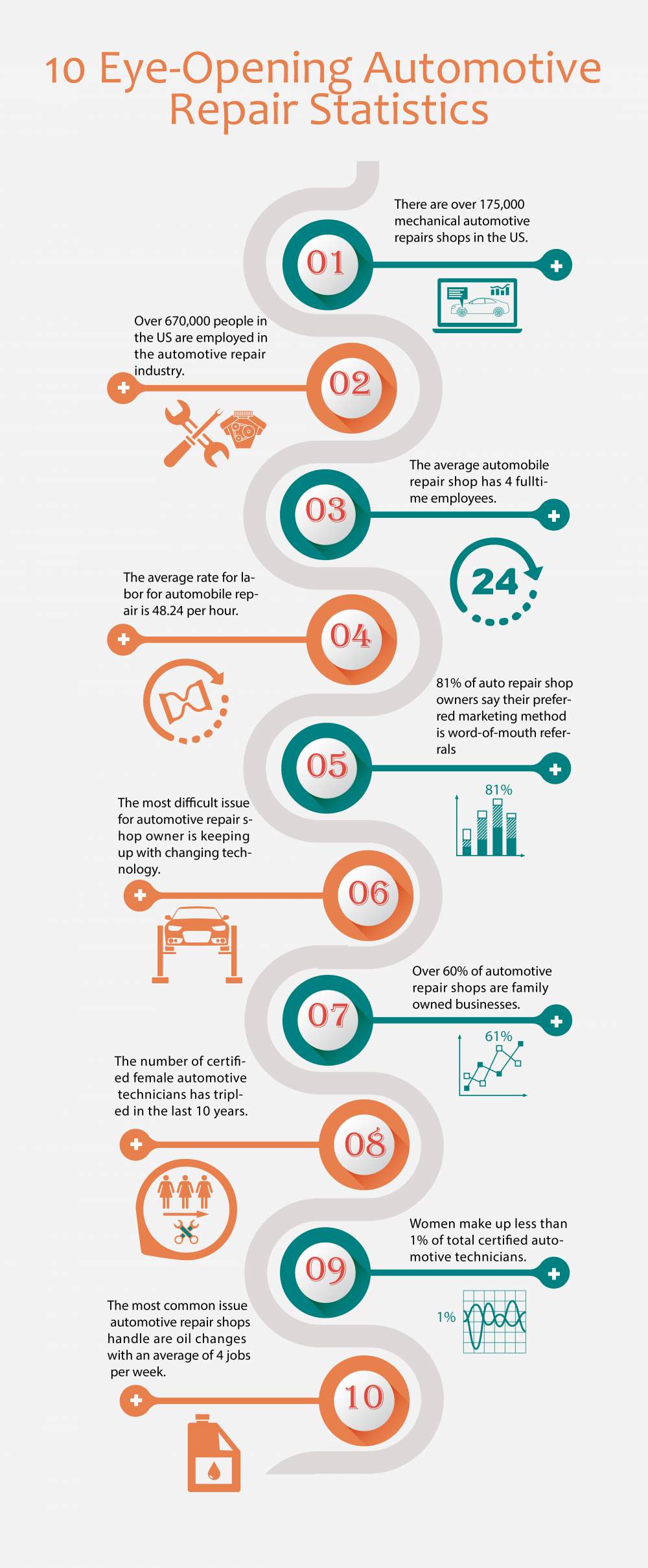Analyzing Your Auto'S Alert Lighting: Their True Effects
Analyzing Your Auto'S Alert Lighting: Their True Effects
Blog Article
Web Content Author-Samuelsen Stark
When you're behind the wheel, those beautiful warning lights on your control panel can be a bit difficult. Do you know what they're trying to tell you regarding your car's wellness? Understanding the relevance of these lights is crucial for your safety and security and the long life of your car. So, the next time one of those lights turns up, wouldn't you want to understand its message precisely and take the essential steps to address it?
Common Warning Lighting and Interpretations
Determine typical caution lights in your vehicle and understand their meanings to ensure risk-free driving.
One of the most common warning lights include the check engine light, which signifies problems with the engine or discharges system. If this light begins, it's crucial to have your vehicle checked immediately.
The oil stress warning light shows low oil pressure, calling for immediate focus to avoid engine damage.
A flashing battery light could suggest a damaged billing system, possibly leaving you stranded otherwise addressed.
The tire pressure monitoring system (TPMS) light signals you to reduced tire pressure, influencing lorry security and gas efficiency. Neglecting https://oci.georgia.gov/press-releases/2022-02-02/fairburn-man-wanted-fraud-forgery-and-theft can lead to hazardous driving problems.
https://fernandowrlfz.dm-blog.com/30033158/an-easy-to-follow-method-for-keeping-and-protecting-your-vehicle-s-interior indicates an issue with the anti-lock braking system, jeopardizing your capability to stop swiftly in emergencies.
Lastly, the coolant temperature alerting light warns of engine overheating, which can result in extreme damages if not settled swiftly.
Comprehending these common caution lights will certainly assist you attend to issues immediately and maintain risk-free driving conditions.
Value of Prompt Attention
Understanding the usual caution lights in your vehicle is just the primary step; the importance of without delay attending to these cautions can't be highlighted sufficient to ensure your security on the road.
When a caution light illuminates on your dashboard, it's your car's way of connecting a possible problem that needs attention. Overlooking these cautions can cause a lot more extreme issues down the road, endangering your safety and possibly costing you much more out of commission.
Motivate interest to cautioning lights can prevent malfunctions and accidents. As an example, a flashing check engine light can suggest a misfire that, if left ignored, might trigger damage to the catalytic converter. Addressing this quickly can conserve you from a costly repair service.
In a similar way, a brake system cautioning light may signal low brake liquid or used brake pads, important parts for your safety and security when driving.
DIY Troubleshooting Tips
If you discover a caution light on your control panel, there are a couple of DIY repairing ideas you can try before seeking professional aid.
The primary step is to consult your automobile's manual to understand what the details warning light indicates. Occasionally the issue can be as simple as a loose gas cap triggering the check engine light. Tightening up the gas cap might resolve the issue.
One more usual issue is a low battery, which can activate numerous warning lights. Examining the battery links for corrosion and ensuring they're safe and secure might repair the problem.
If a warning light persists, you can try resetting it by detaching the auto's battery for a couple of minutes and after that reconnecting it. Furthermore, checking yacht detailing services , such as oil, coolant, and brake liquid, can help troubleshoot warning lights related to these systems.
Verdict
In conclusion, understanding your cars and truck's warning lights is vital for keeping your vehicle running efficiently and securely. By quickly dealing with these informs and recognizing what they imply, you can avoid expensive repair work and potential break downs.
Remember to consult your car's guidebook for specific information on each warning light and take action appropriately to ensure a trouble-free driving experience.
Remain informed, stay secure when driving!
